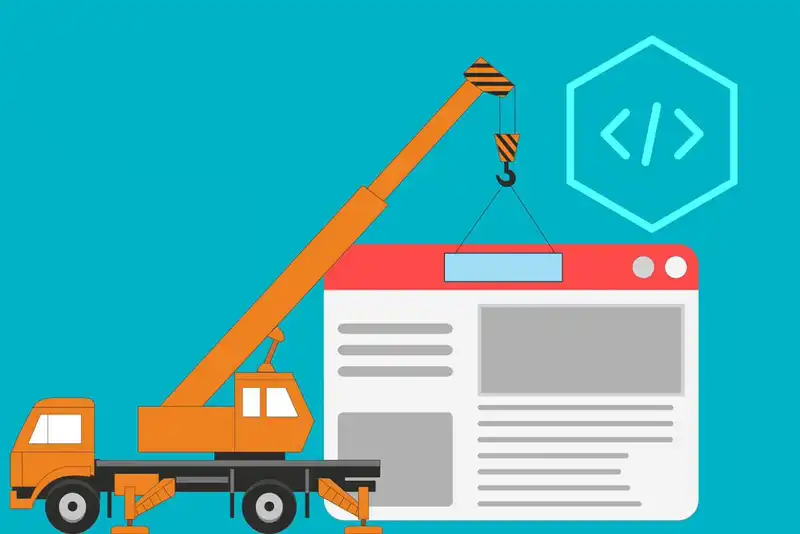Retail Automation- Definition, Benefits & Examples
In order to survive in the modern retail industry, companies need to ditch manual management methods and implement automation technology.
Traditional management consumes excessive amounts of labor, time, and resources, limiting an organization's profitability.
With retail automation, businesses can enhance their retail operations, data accuracy, and customer service.
What is Retail Automation?

Retail automation is a broad term that refers to the technologies used in retail businesses to streamline standard operations.
This often includes software where managers set specific parameters to ensure tasks are completed correctly and consistently. When different technologies are automated together, once a process is completed, it will trigger the next system, eliminating downtime.
Common automation in the retail industry includes point-of-sale (POS), inventory, and ordering software, which automatically tracks sales and stock levels. These solutions can automate retail operations behind-the-scenes, such as procurement, order fulfillment, and data consolidation.
There are also solutions that improve the workflow of different departments, such as marketing, employee management, and human resources.
Without automation, retailers are limited to how far they can expand their inventory, sales channels, and customer reach, as manual systems are laborious and time-consuming. Automation increases businesses' agility and functionality so they can respond to requests accurately and efficiently.
Benefits of Retail Automation

By replacing manual processes with retail automation, businesses often experience-
Reduced Costs
Manual systems not only take longer, but they require more work, increasing labor expenses.
Retail automation completes repetitive tasks, such as bookkeeping, eliminating the need for human intervention. By generating consistent results, companies experience fewer turnovers and can save onboarding and training costs.
While some businesses fear that automation takes away jobs, a study shows that 62% of employees find that new technology actually creates job opportunities.
Increased Operational Efficiency

Automation finds the quickest, most accurate way to complete a task and repeats the process. This ensures that the business runs efficiently and receives the same consistent results.
With automation, retailers can also-
- Maintain operations around-the-clock, even while no one is physically working.
- Reduce downtime.
- Maintain a smooth workflow.
- Reduce the number of steps needed to complete a process.
Improved Customer Experience

By not having to tend to mundane, repetitive tasks, employees can focus more on the customers and their needs. With the help of automation, businesses can improve their customer support.
For example, automation enables employees to access inventory data at the click of a button so they can answer questions about a product's-
- Availability
- Location
- Variances
- Price
Increased Sales
Better customer service leads to better customer satisfaction, which then leads to increased sales.
Automation also increases the opportunity for sales by keeping virtual channels, such as online marketplaces, open indefinitely. On the other hand, traditional retail stores are limited to making sales during operating hours.
Enhanced Scalability

In addition to expanding sales channels, automation improves scalability by its functionality alone. While traditional companies are restricted to how fast they can complete manual processes, automation maintains a smooth workflow at all times.
For example, manual recording keeping requires employees to consolidate data from every system at the end of each workday. This not only introduces human error, but wastes time, resources, and capital as well. On the other hand, automation collects, organizes, and files data from each exchange for easy reference.
Improved Safety
Automation sets up another security measure to protect sensitive business information, such as customer and financial data. Firewalls surround databases to detect any incoming threats and alert users when data is at risk.
Modern automation tools also encrypt outgoing data to reduce the risk of fraud and theft.
Reduced Human Error

Human error comes in many forms, such as miscounts, miscalculations, and miscommunication. This can be the result of-
- Distractions
- Poor training
- Misplacing documents
- Misreading handwriting
Technology resolves these inaccuracies by eliminating the need for manual records, data entry, and communication. Management systems automatically upload, file, and exchange data to reduce the risk of human error.
Examples of Retail Automation

There are many types of retail automation that orchestrate both the front and back-end operations. The most common technologies used in the retail industry include-
Warehouse Management Solutions
Warehouse management solutions come in many forms, from software that organizes inventory to robots that streamline the picking process.
Typically, businesses start with warehouse management software, which uses machine learning to map out their layout to maximize the available space. This ensures facilities have enough room for-
- Incoming products
- Order fulfillment
- Outgoing shipments
- Product retrieval
Inventory Management Software

While similar to warehouse systems, inventory management software focuses on stock requirements, such as-
- Stock levels
- Product variances
- Reorder points
- Profit margins
- Costs
This data breaks down each asset's profit and expenses so businesses can better manage their inventory. By reducing standard stock expenses, such as procurement and storage, companies can enhance their profitability.
For example, maintaining healthy stock levels ensures that retailers can meet customer demand without the expense of additional storage.
Point-of-Sale Software

POS systems integrate sales and inventory data from each channel, so businesses gain better insight into customer demand, preferences, and expectations.
Therefore, retailers that have both physical and online stores can ensure stock quantities are updated with every transaction, preventing stockouts and backorders.
They also provide a way for front of the house workers to look up and locate products throughout the supply chain.






